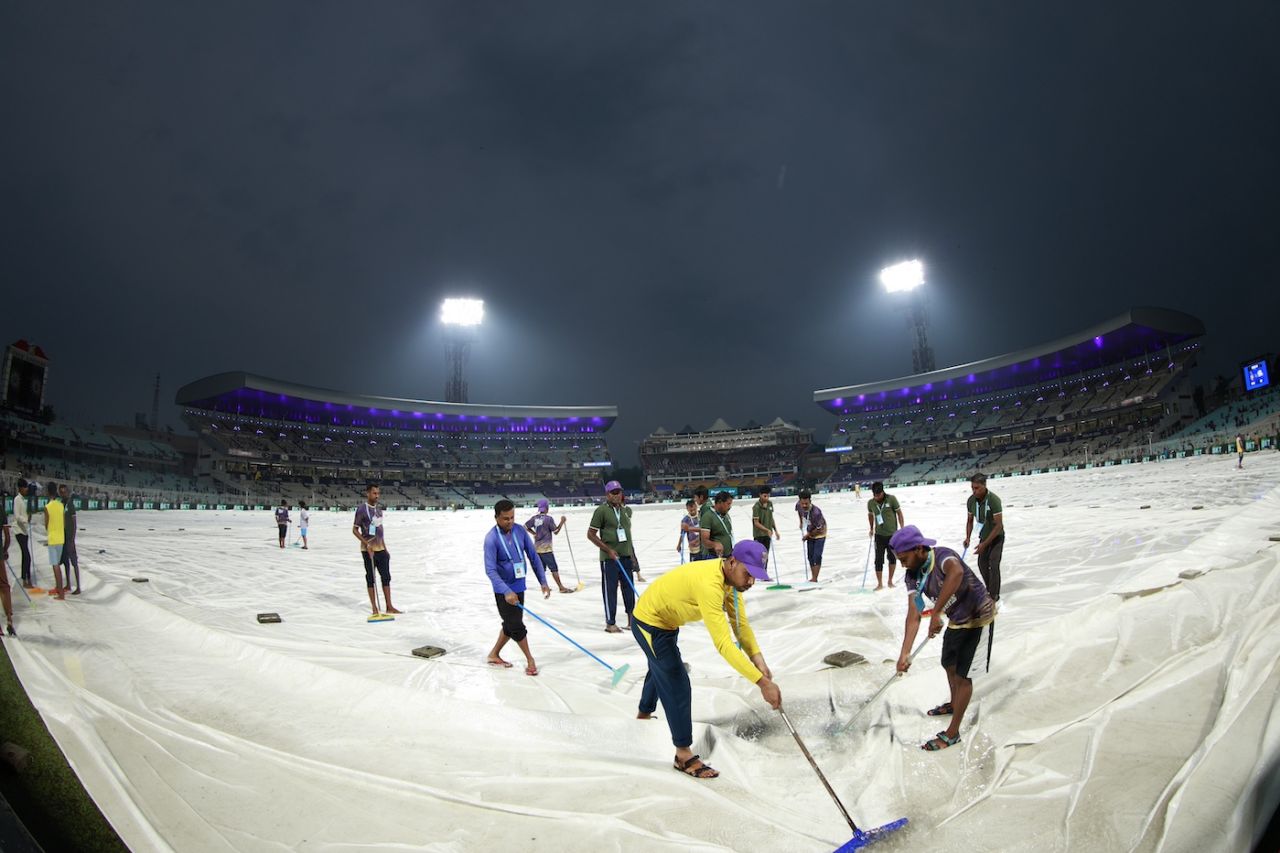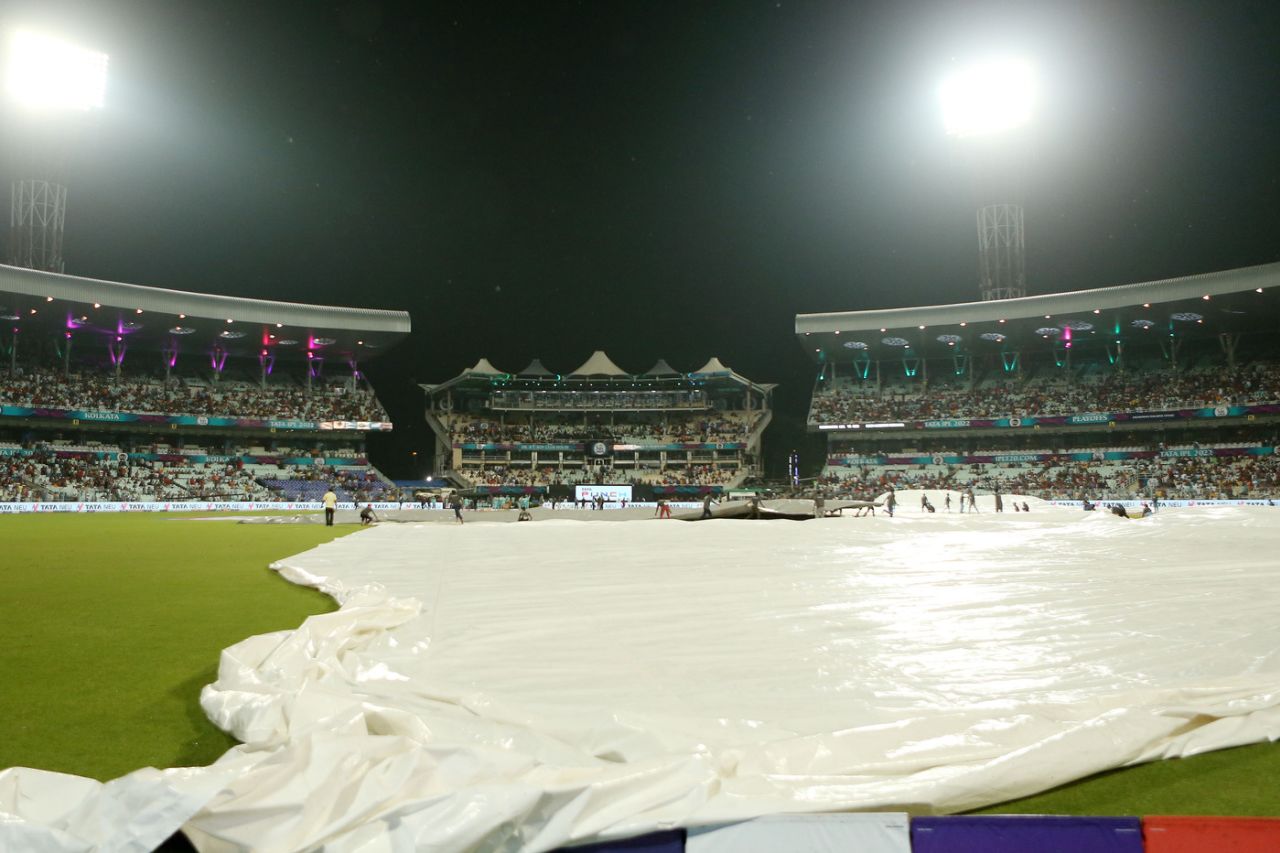
Cricket, known for its glorious uncertainties, has a variety of formats and rules that add to its charm. One crucial rule in limited-overs cricket is the Duckworth-Lewis (D/L) method. Developed by Frank Duckworth and Tony Lewis, this mathematical formula adjusts target scores in rain-affected matches, ensuring fairness. Let’s dive into the intricacies of this method and understand its significance.
The Genesis of the Duckworth-Lewis Method
Introduced in 1997 and officially adopted by the International Cricket Council (ICC) in 1999, the Duckworth-Lewis method emerged to address the controversial outcomes of rain-affected matches. Earlier methods often failed to account for the complexities of the game. The D/L method, considering both overs and wickets, provided a robust and fair system.
Core Principle of Duckworth-Lewis
The Duckworth-Lewis method determines a fair target for the team batting second in a rain-interrupted match. It hinges on the resources available to both teams, defined by the combination of overs remaining and wickets in hand. These resources are used to calculate the revised target score.
Learn@Hello Cric: Understanding the ‘Handled Ball’ Dismissal in Cricket

Frank Duckworth (left) and Tony Lewis, the inventors of the Duckworth-Lewis method, County Ground in Northampton.
The Calculation Process
- Resource Utilization Table: The method uses a predetermined table assigning percentage values to the resources available at any stage of the innings, based on historical data and statistical analysis.
- Resources Remaining: The resources remaining for the chasing team are calculated based on the overs left and wickets in hand, expressed as a percentage.
- Adjusted Target: The target score is adjusted using the formula:
Team 2’s par score = Team 1’s actual score x Team 2’s resources / Team 1’s resources
If the match is interrupted multiple times, intermediate scores and resources are recalculated after each interruption.
Implementation in Matches
When rain interrupts a match, umpires assess if play can resume with reduced overs. The D/L method is then used to calculate the revised target. For instance, if Team A scores 250 runs in 50 overs and rain reduces the second innings to 30 overs, the D/L method calculates a revised target for Team B based on their available resources.
Learn@Hello Cric: Top T20 Batting Strategies: Mastering the Art of Explosive Cricket
 Advantages of Duckworth-Lewis
Advantages of Duckworth-Lewis
- Fairness: The method accounts for different phases of an innings, ensuring fair adjustments.
- Accuracy: Using historical data and statistical models, the D/L method provides a more accurate reflection of the game than older methods.
- Adaptability: The method can be adjusted for various match situations, including multiple rain interruptions.
Criticisms and Adjustments
Despite its acceptance, the Duckworth-Lewis method has faced criticisms for occasionally producing unexpected targets. Initially, it didn’t account for the dynamics of T20 cricket, leading to the development of the Duckworth-Lewis-Stern (DLS) method in 2015, which incorporated further refinements.
The Evolution to Duckworth-Lewis-Stern (DLS)
Introduced by Professor Steven Stern, the DLS method includes additional variables and tweaks to better fit modern cricket, especially T20 matches. While the core principle remains the same, the resource tables and calculations have been updated to reflect the faster pace and higher scoring nature of T20 cricket.
Learn@Hello Cric: Decoding the Powerplay In Cricket: A Strategy for Quick Runs

Conclusion
The Duckworth-Lewis method, now evolved into the Duckworth-Lewis-Stern method, is an essential tool in modern cricket. It ensures fair decisions in rain-affected matches, preserving the game’s spirit and competitiveness. Understanding this method enhances our appreciation of cricket’s complexities and nuances.





